Wax paper is a common kitchen implement primarily utilized as a protective film during cooking or freezing so as to prevent food from sticking to materials or to protect them from the direct heat of the cooking environment, of which may cause burning.
Additionally, the moisture proof nature of wax paper allows it to act as an excellent food storage sealing material when combined with other methods of food preservation, allowing food to be stored for longer periods as excess moisture cannot come into contact with it.
However, certain instances may arise wherein wax paper is unsuitable for the purposes of the chef, and as such will require subsequent replacement with a similar material that does not possess the same characteristic drawbacks of wax paper.
Wax paper may be replaced by a variety of other kitchen materials, depending on the particular purpose of the substitute and the sort of requirements the circumstances may entail. Fortunately, these substitutes are numerous and most likely already present in your kitchen, and as such should be quite convenient to use for your culinary purposes.
Why Should Wax Paper be Substituted?
While wax paper is used in many households for a variety of uses, there are some situations that may benefit from substituting wax paper for a different material that is better suited for said situation, such as in the case of oven baking wherein the direct dry heat may cause the wax paper to catch on fire.
Far safer alternatives for use in baking are available, and it is our advice that no home chef uses wax paper in any situation that may cause it to immolate or otherwise melt the thin layer of wax the paper is encased in.
While wax paper is generally safe to eat, it may ruin a meal by melting if exposed to temperatures that are far too warm, creating an unpleasant texture and becoming difficult to remove from the food.
Food Storage Wax Paper Substitutes
Being one of the most common uses for wax paper outside of cooking, food storage may be facilitated through the moisture-proof nature of wax paper, wherein stored food will achieve an extended shelf-life due to a lack of excess water entering the storage vessel or container.
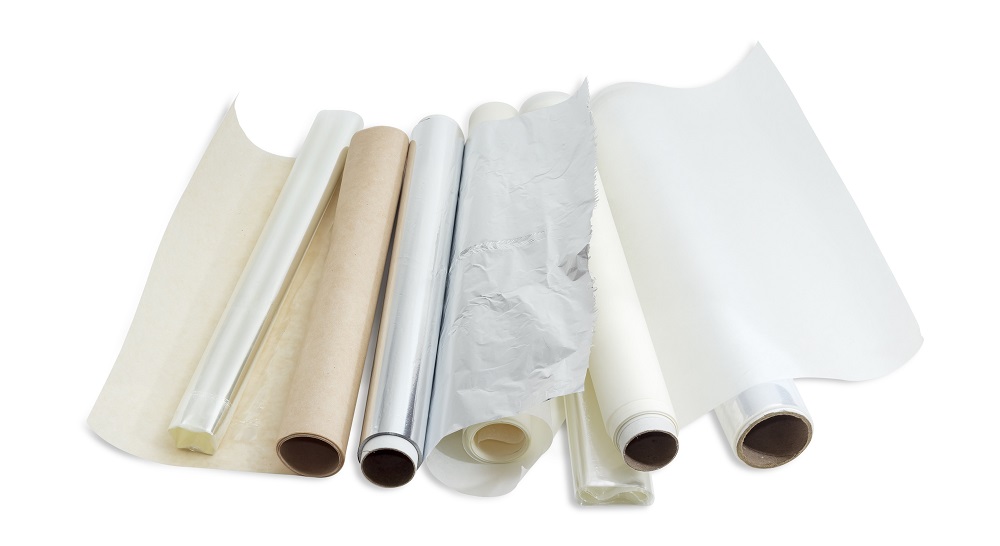
However, certain instances may make storing food with wax paper unsuitable, such as food that must be reheated after storage, or certain types of food that may be difficult to wrap in wax paper.
Note that, in the case of food that is intended to be microwaved after freezing, there is no need to substitute wax paper, as wax paper does not melt or react in any way with the electromagnetic frequencies of a microwave in most reasonable cases.
Aluminum Foil
The most popular alternative to wax paper, aluminum foil is an excellent replacement for wax paper in situations that do not require the food to be microwaved or to come into contact with any sort of electrical filament once removed from storage.
One advantage to aluminum foil is its high resistance to heat, allowing the food to be baked as is before and after storage without first removing the foil wrapping.
Aluminum foil is best used to store food in the freezer alongside another packaging material that may act as an air-tight seal, such as a secondary food container made of a freezer safe material, or a resealable freezer bag.
Freezer-Safe Plastic Bags or Film
While somewhat more fragile to mechanical damage than wax paper, plastic is an excellent alternative for storing food owing to its lack of reactivity and general disposability once no longer needed.
However, much like wax paper, plastic film is not as resistant to heat as other materials primarily used in food preservation. This may be remedied by purchasing certain types of plastic specifically made for reheating, though this method will also come with its own set of drawbacks.
The benefit to using plastic in place of wax paper is its ability to easily form an air-tight seal, especially if utilizing freezer-safe plastic of the cling film variety. By extension, the ease at which plastic film may wrap any sort of shape or size also outclasses that of wax paper, making it a suitable substitute for foodstuffs such as whole turkeys or bread loaves.
Unwaxed Paper
Occasionally confused for wax paper, simple brown paper normally utilized by butchers and bakers to insulate generally dry products such as bread or meat is usually the unlined version of wax paper consisting of much the same type of paper.
Storage paper or food paper may act as a replacement for wax paper in situations that do not expose the food to direct heat, moisture or microwave frequencies, as all of these will immolate and damage the paper.
The ideal situation in which to use food paper would be the short-term storage of food that does not require reheating, such as sandwiches or salads.
Baking Wax Paper Substitutes
As previously mentioned in this article, wax paper is generally unsuitable in instances wherein it will be exposed to dry heat, especially in an enclosed environment such as an oven or toaster. This necessitates certain alternative materials be used so as to prevent a fire or similar occurrence.
Fortunately, there are a few materials similar to wax paper that have been specifically manufactured for this very purpose, all of which are easily available at nearly every supermarket or grocery.
Parchment Paper
Similar in appearance and availability to wax paper, parchment paper differs from wax paper only in the material of which it is coated in, with parchment paper being coated in silicone or similar materials so as to provide the same effect as wax paper without the relative heat sensitivity.
This equates to parchment paper acting as an excellent lining for baking trays and similar implements, as it will not catch fire or otherwise melt into the baked goods during the cooking process.
By extension, parchment paper may also be used as an excellent insulator for the surface of food against direct heat, such as for muffin tops or whole chickens being cooked in the oven for long periods of time.
Cooking Spray
While not precisely a wax paper substitute, cooking spray can function in much the same way wax paper would in terms of anti-stick capacity, with both cooking spray and wax paper allowing foodstuffs to be frozen or cooked on any material without said foodstuff adhering to its vessel.
One drawback to cooking spray is its relative caloric value. While generally low, cooking spray is partially made of digestible oil, which the body will subsequently store for its caloric energy, making cooking spray otherwise unsuitable for individuals closely watching their caloric intake.
However, cooking spray may even do a far better job of preventing sticking than wax paper, as it can evenly coat every inch of a surface without leaving any open space for the food to fuse to.
This is especially useful in baking and cooking implements such as muffin molds or vertical cake molds that parchment paper would not normally stick to.
References
1. Barsby, Tina L., et al. Starch: Advances in Structure and Function. Royal Society of Chemistry, 2001.
2. Deshwal, G. K., Panjagari, N. R., & Alam, T. (2019). An overview of paper and paper based food packaging materials: health safety and environmental concerns. Journal of food science and technology, 56(10), 4391–4403. https://doi.org/10.1007/s13197-019-03950-z
3. Marsh, Kenneth, and Betty Bugusu. “Food Packaging?Roles, Materials, and Environmental Issues.” Journal of Food Science, vol. 72, no. 3, Apr. 2007, pp. R39–55. DOI.org (Crossref), https://doi.org/10.1111/j.1750-3841.2007.00301.x.

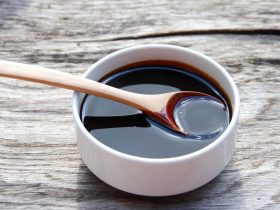
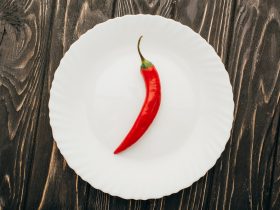
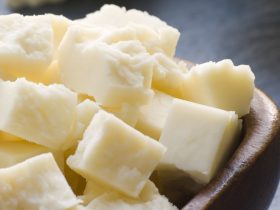
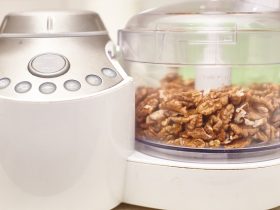
Hi, I'm Dom
Dom Eats was started to help other people fall in love with food. While cooking can feel intimidating, it doesn't have to be.